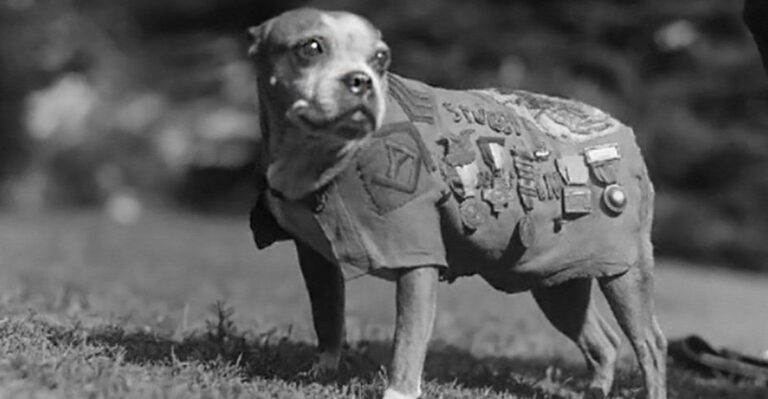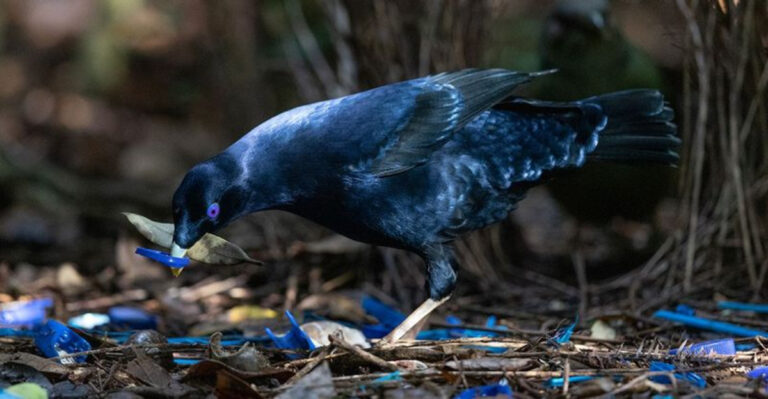17 Spots You Should Avoid When Hanging A Hummingbird Feeder
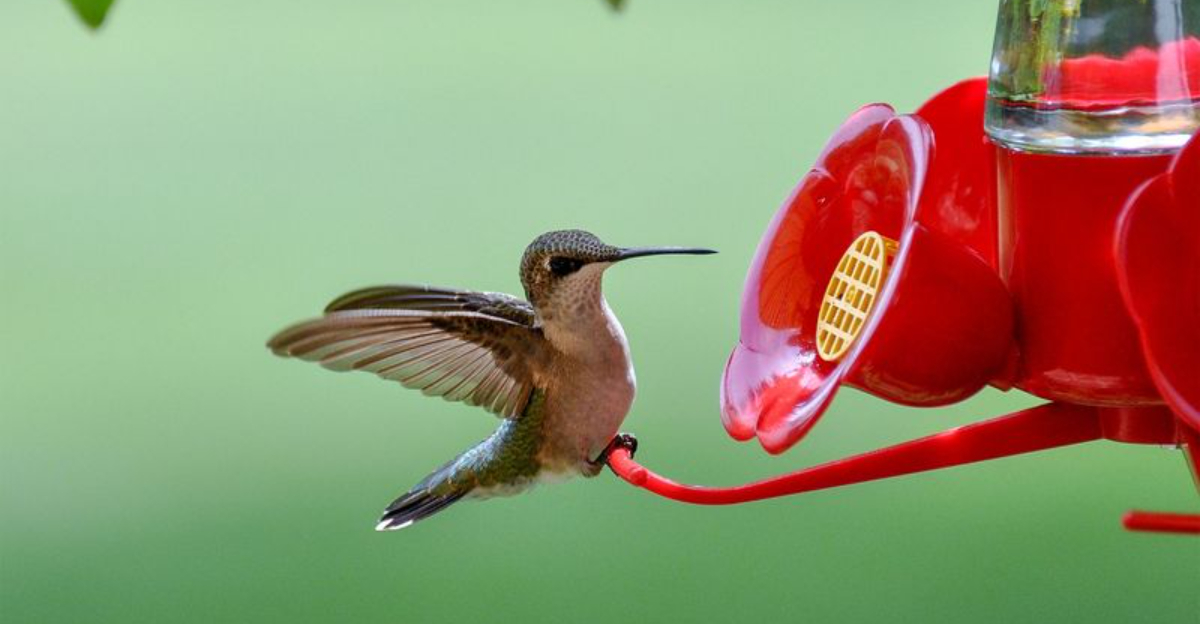
Hummingbirds are delightful visitors to any garden, but to attract them, it’s important to hang your feeder in the right spot. While these tiny birds are beautiful to watch, the location of your feeder can make all the difference in their safety and enjoyment.
In this article, we’ll cover 17 spots you should avoid when hanging a hummingbird feeder to ensure these precious creatures stay safe and continue to visit your garden for years to come.
1. In Direct Afternoon Sunlight
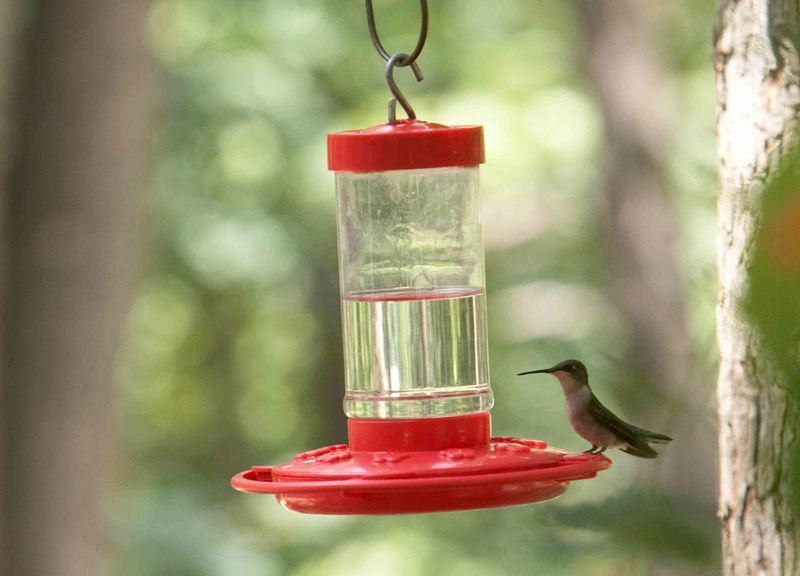
Sugar solutions ferment quickly in hot sun, potentially causing fatal alcohol poisoning in these tiny birds. The nectar can spoil in as little as one day during summer heat.
Morning sun is okay, but find a spot with afternoon shade to keep that sweet liquid fresh and safe for your colorful visitors.
2. Too Close To Cat Lounging Areas
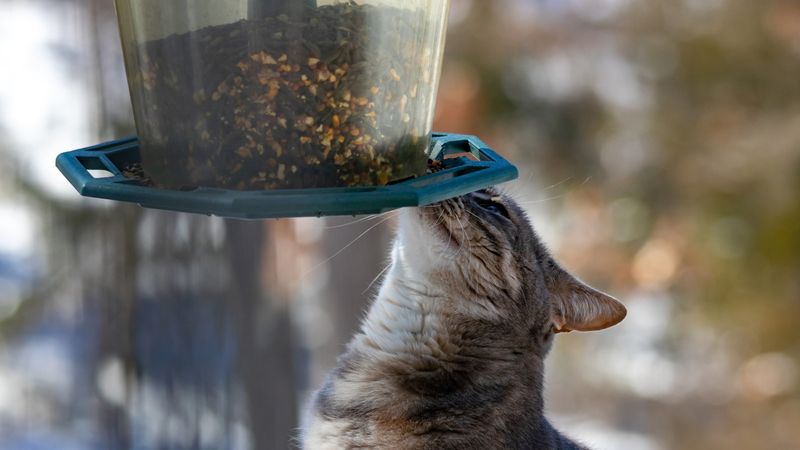
Fluffy might look innocent sunbathing on the porch, but those predatory instincts kick in fast! Hummingbirds hover while feeding, making them perfect targets for lurking felines.
Keep feeders at least 15 feet from areas where outdoor cats regularly hang out. Better yet, hang them high where cats can’t climb.
3. Near Windows Without Decals
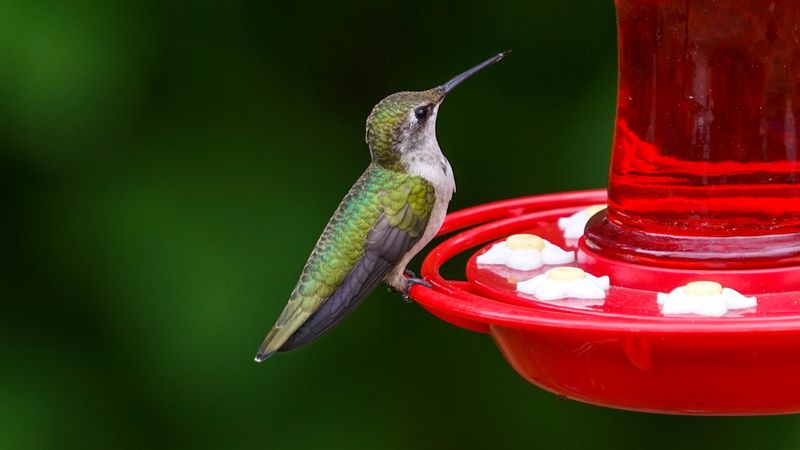
Reflective glass confuses these speedy flyers, leading to devastating collisions. Hummingbirds can reach 30 mph during flight, making window impacts often fatal.
If you must place feeders near windows, apply bird-safe decals or place feeders within three feet of glass so birds can’t build up dangerous momentum.
4. Next To Wasp Or Hornet Nests
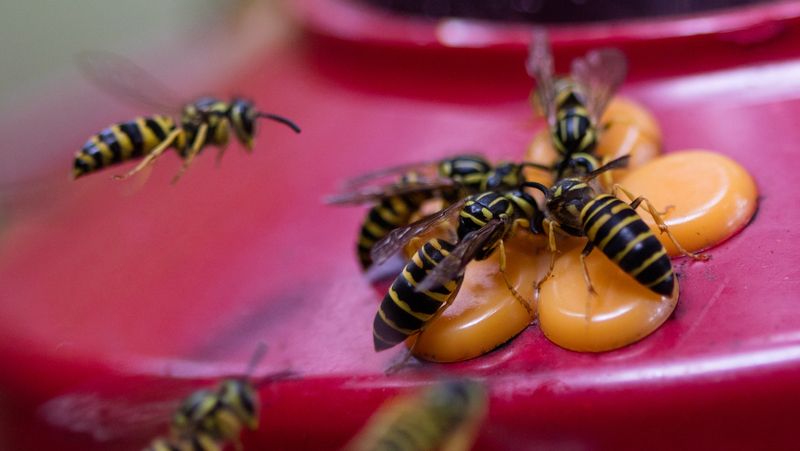
Talk about unwelcome dinner guests! Wasps love sugar water too and will aggressively defend their claim to the feeder, driving away your hummingbirds.
These insects can also clog feeding ports and contaminate nectar. Check nearby eaves and branches for nests before selecting your feeder location.
5. In Hard-To-Reach Cleaning Spots
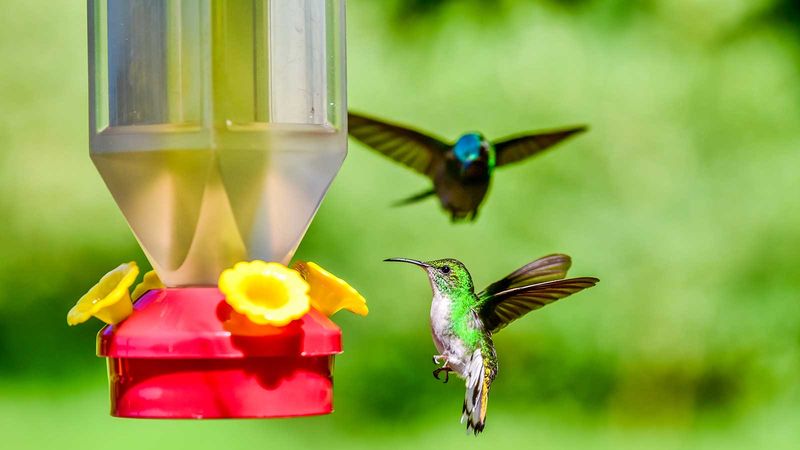
Hanging feeders from that super tall tree might look pretty, but how will you clean it twice weekly? Dirty feeders grow black mold and harmful bacteria.
Neglected feeders can cause deadly tongue infections in hummingbirds. Choose spots you can easily access with a step stool or short ladder for regular maintenance.
6. Near Pesticide-Treated Plants
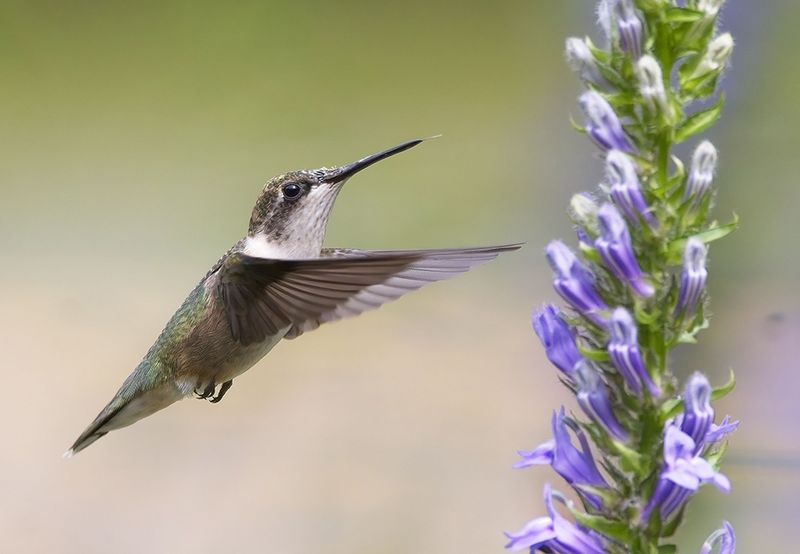
Chemical residues from garden sprays can drift onto feeders or cling to the birds themselves. Even organic pesticides can harm these sensitive creatures with their tiny bodies and rapid metabolism.
Create a buffer zone between treated plants and feeding stations. Your buzzing friends will thank you by returning day after day!
7. In High Wind Corridors
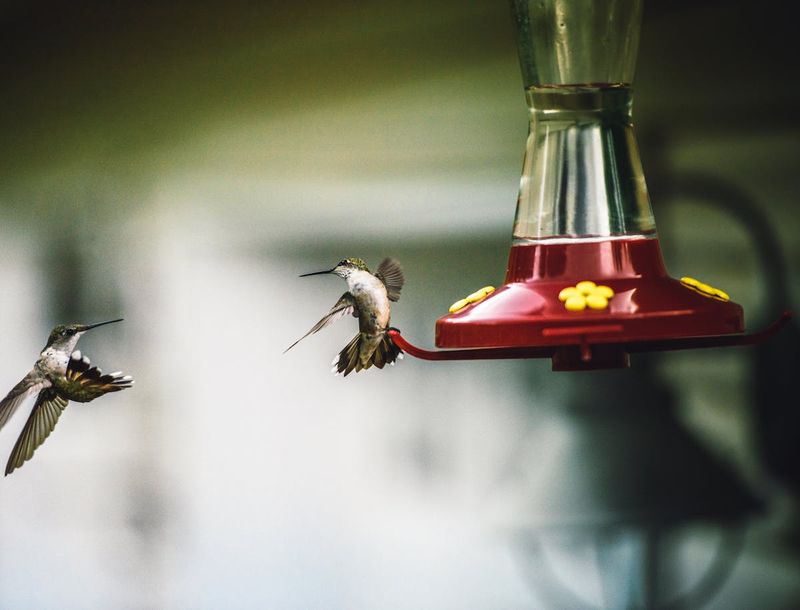
Swinging wildly in the breeze might not bother you, but it drives hummingbirds crazy! These precision flyers need stable feeding platforms.
Narrow spaces between buildings create wind tunnels that make feeding difficult and spill precious nectar. Find a sheltered spot where your tiny visitors can hover comfortably without fighting gusty conditions.
8. Too Close To Barbecue Areas
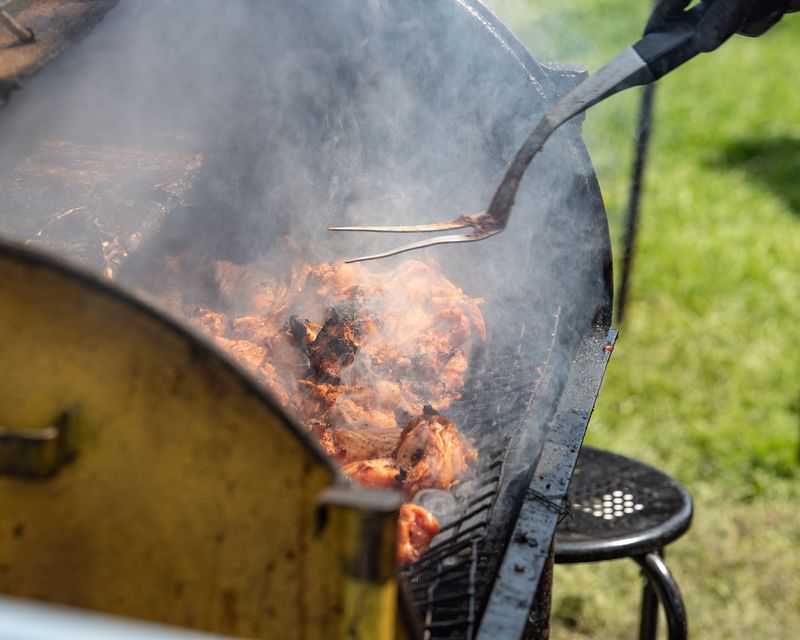
Smoke isn’t just unpleasant for humans! The tiny lungs of hummingbirds are extremely sensitive to airborne particles from grills and fire pits.
Heat can also quickly spoil nectar and warp plastic feeders. Keep feeding stations at least 20 feet from outdoor cooking spaces to ensure your flying jewels breathe easy while dining.
9. Under Bird Perches Or Nests
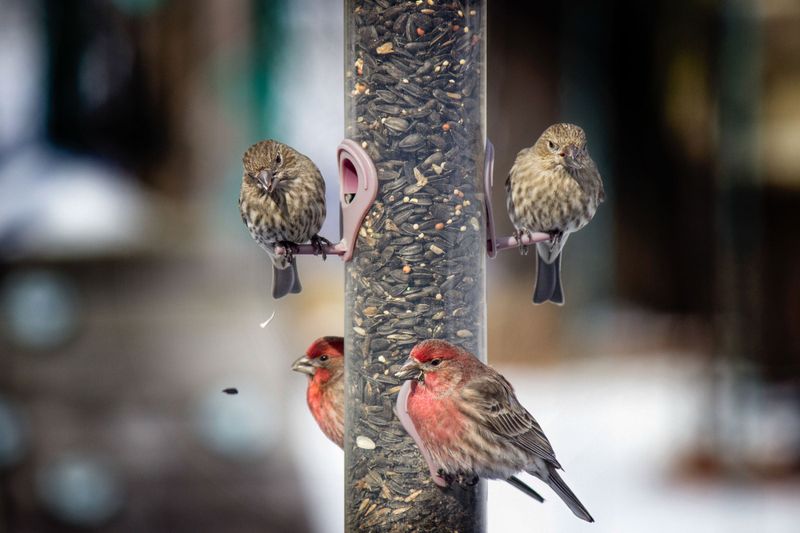
Larger birds leave droppings that contaminate feeders below them. This creates a serious health hazard for hummingbirds, potentially spreading avian diseases.
Scan above before hanging feeders! That shady branch might look perfect until you realize it’s already occupied by other feathered residents who will make quite a mess.
10. Behind Dense Foliage
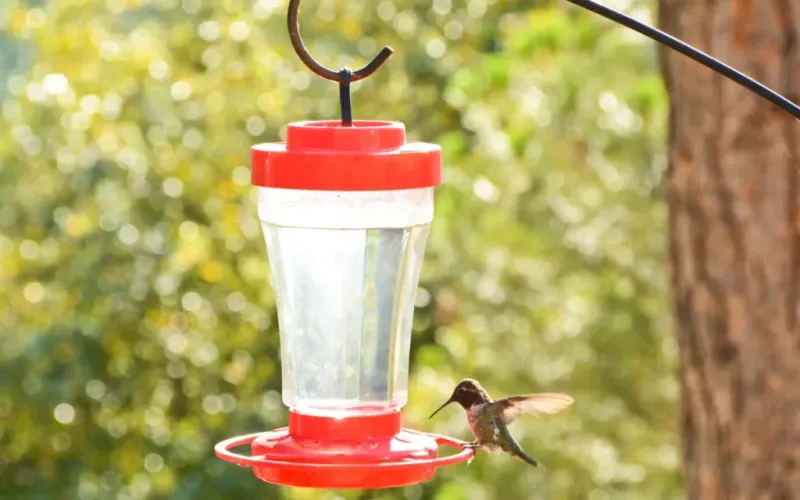
Hidden feeders might seem safer from predators, but hummingbirds prefer clear flight paths! They need to spot feeding stations from a distance while zipping around your yard.
These cautious creatures also want to monitor their surroundings while feeding. Position feeders with at least two open approach directions for maximum bird traffic.
11. Near Loud Speakers Or Wind Chimes
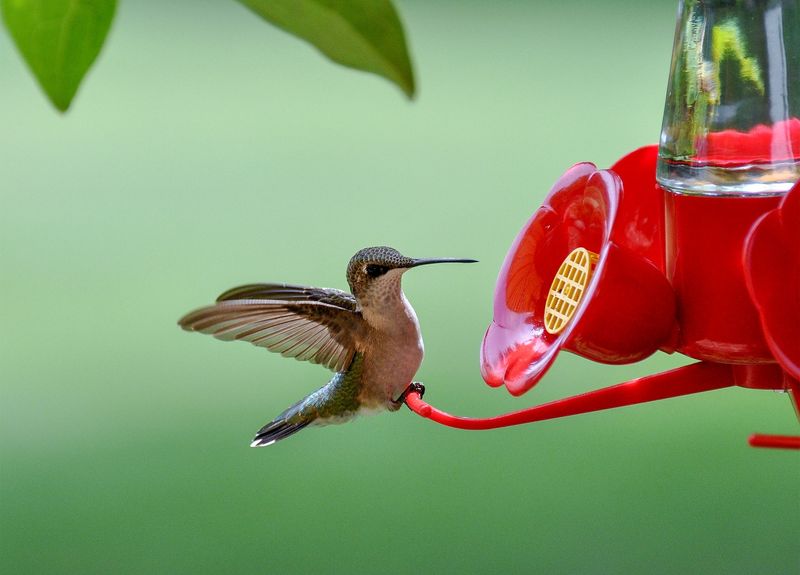
Surprising fact: hummingbirds have excellent hearing! Constant loud noises from outdoor speakers or clanging wind chimes can stress these sensitive birds.
While they might eventually adapt to predictable sounds, sudden blasts of music or continuous jangling can drive them away. Create a peaceful dining atmosphere in a quieter corner of your yard.
12. Too Close To Other Feeders
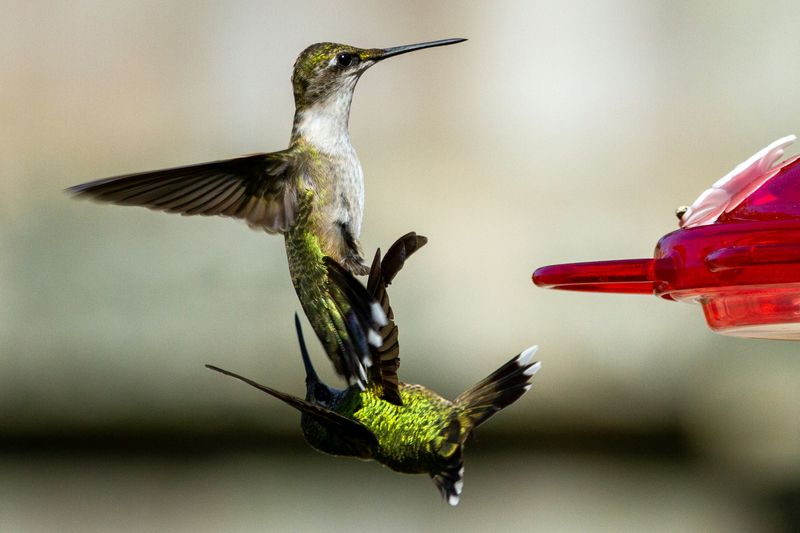
Ruby-throated bullies! Many hummingbird species are fiercely territorial around food sources. A dominant bird will chase others away from multiple nearby feeders.
Space feeders at least 15-20 feet apart, preferably with visual barriers between them. This clever arrangement prevents any single bird from monopolizing all your feeding stations.
13. Near Reflective Garden Ornaments

Those pretty mirrored globes fool hummingbirds into seeing rivals where none exist! Territorial birds exhaust themselves fighting imaginary competitors reflected in shiny surfaces.
Glass ornaments can also create dangerous hot spots in sunlight. Keep feeders away from mirrors, gazing balls, and other reflective garden décor to prevent confusion and stress.
14. In Areas With Spider Webs
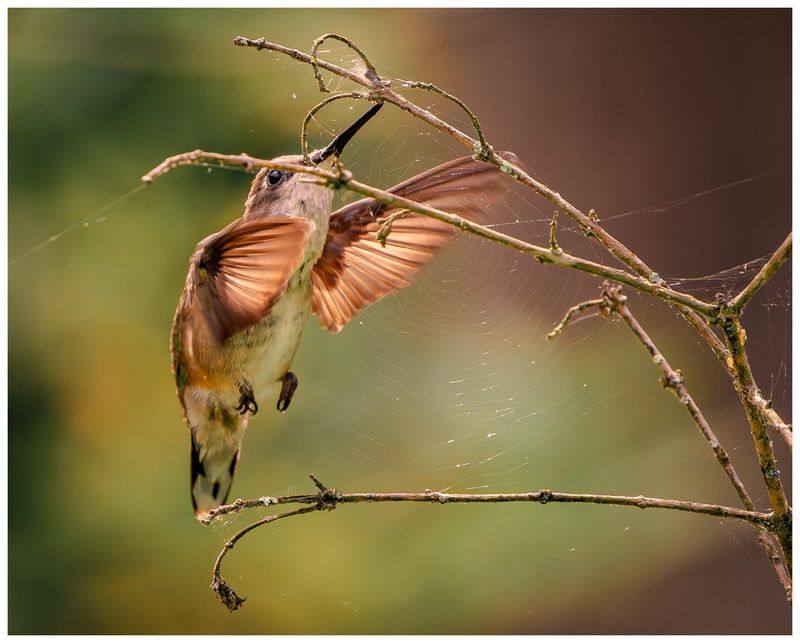
Sticky situation alert! Hummingbirds can become fatally entangled in spider webs, especially the stronger varieties spun by garden spiders.
While these tiny birds actually use small amounts of spider silk for nest building, large webs pose serious hazards. Regularly check around feeders and clear away any web constructions within five feet.
15. Near Hummingbird Hawk-Moth Habitat

Mistaken identity! These fascinating moths look remarkably similar to hummingbirds and feed on the same flowers. They can, however, spread diseases to your feathered visitors.
In areas where these moths are common, avoid hanging feeders near plants they favor, like honeysuckle or bee balm. This reduces cross-contamination risks between species.
16. Near Heavy Foot Traffic

Hummingbirds thrive in calm environments, away from disturbances. Frequent human activity can startle them, preventing peaceful feeding.
Choose a quieter spot, ensuring these delicate birds can hover and feed without interruption. A tranquil environment fosters a better experience for both birds and observers.
Hummingbirds can remember each flower they’ve visited, and a chaotic setting might disrupt this incredible memory!
17. Under Bright Security Lights

Hummingbirds prefer dimmer conditions, where lights softly complement the moon’s glow. Too much artificial light can confuse and disorient them.
Consider positioning feeders away from these bright spots. Allow the gentle embrace of dusk to create a peaceful feeding ground.
Hummingbirds can enter a state called torpor at night, conserving energy by lowering their metabolism – a necessity in undisturbed darkness.

